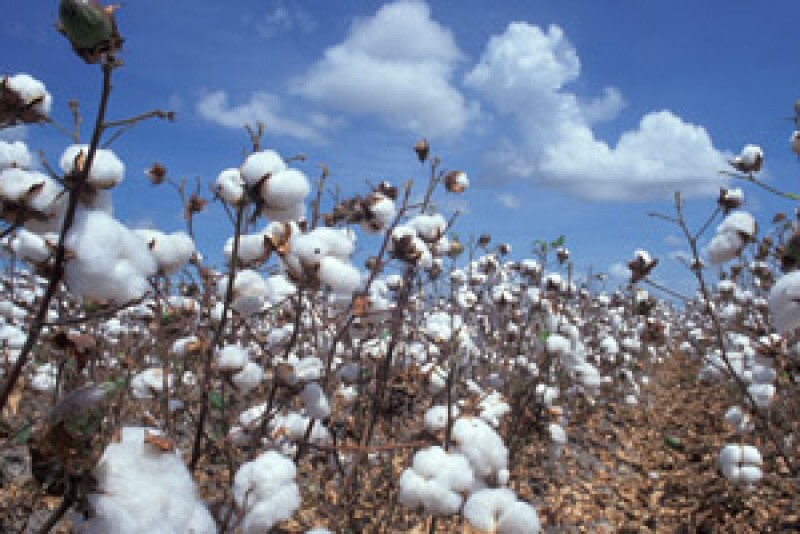Pro Farmer economists prepared our quarterly outlook and updated forecasts for cotton balance sheets, for both U.S. and world production. Notable changes from the previous forecast include declines in future expectations for U.S. production, acreage, and exports. Continued points of interest remain at Brazil’s increase in cotton acreage in the recent past, and what south Asia’s production will look like after a heavier than expected monsoon season.
USDA’s August revision to the 2025 plantings forecast found fewer acres were planted at 9.28 million acres than the June Acreage report’s projection of 10.12 million. Unlike the other row crops that find USDA reporting forecasts for harvested acreage in the June Acreage report, none are provided for cotton. USDA cotton analysts do make a national harvested acreage estimate for the July WASDE benchmarked from the plantings report. Farmers indicated in August that they were anticipating more abandonment than anticipated in July, off 1.3 million acres with harvested acres now forecast at 7.37 million compared to the initial forecast at 8.66 million. We believe abandonment to be slightly less than that due to welcome rains in Texas this year likely allowing for harvest of marginal acres.
Our long-term forecasts are for U.S. cotton plantings to decline in 2026 to 9.5 million acres as December 2026 futures signal farm prices likely to remain in the 65 cents area. Nonetheless over the five-year outlook, promotion of U.S. agricultural goods in trade should stimulate U.S. exports, and with it bring higher prices that stimulate a return in acres that went to corn or soybeans this year. Planted acres toward the end of the decade are seen rebounding toward 10.5-11.5 million acres. Cotton will continue to compete with corn, soybeans, and to a lesser degree, wheat as planting alternatives in the Delta and Southeast. West Texas plantings will be the primary swing factor for total U.S. acres.
Demand for U.S. cotton has remained weak for most of this crop year. Uncertainty regarding trade deals and industrial policy has left a significant amount of U.S. cotton un-sold at this time. Our forecast shows an expected level of U.S. exports not seen since 2015, weighing on farm prices. Carve-outs for other agricultural goods have occurred, but none for cotton thus far. Although a general de-escalation of the trade war with China will likely have some boost to cotton exports.
Brazil continues to expand acres dedicated to cotton, and sees a 1.25 million bale increase in production. China’s production is forecast steady with last year despite an increase in acreage, torrential rains in cotton producing areas during harvest windows likely did not help yields. Declines in the U.S. and Indian acreage, along with an expected slightly smaller Pakistani crop due to flooding, offset those increases. At the time of this writing, cyclones stand to threaten the Indian cotton crop, which would potentially lower cotton production even more. As noted earlier, demand trends have been underwhelming. The world domestic use forecast for 2024/25 is projected at 118.1 million bales, down from last year but up from the 2023/24 crop year low of 112.5 million bales. Successive years starting from 2026/27 see world use rising to 119.8 million, 122.3 million, 123.3 million, and finally 124.3 million in 2029/30. Ending stocks would gradually work lower from 77.3 million bales in 2025/26 to 73.6 million in 2029/30. Correspondingly, the stocks-to-use ratio would decline from 65.5% to 59.2%. The longer-term global forecasts assume a return to a more favorable economic climate and some catch up in demand.







